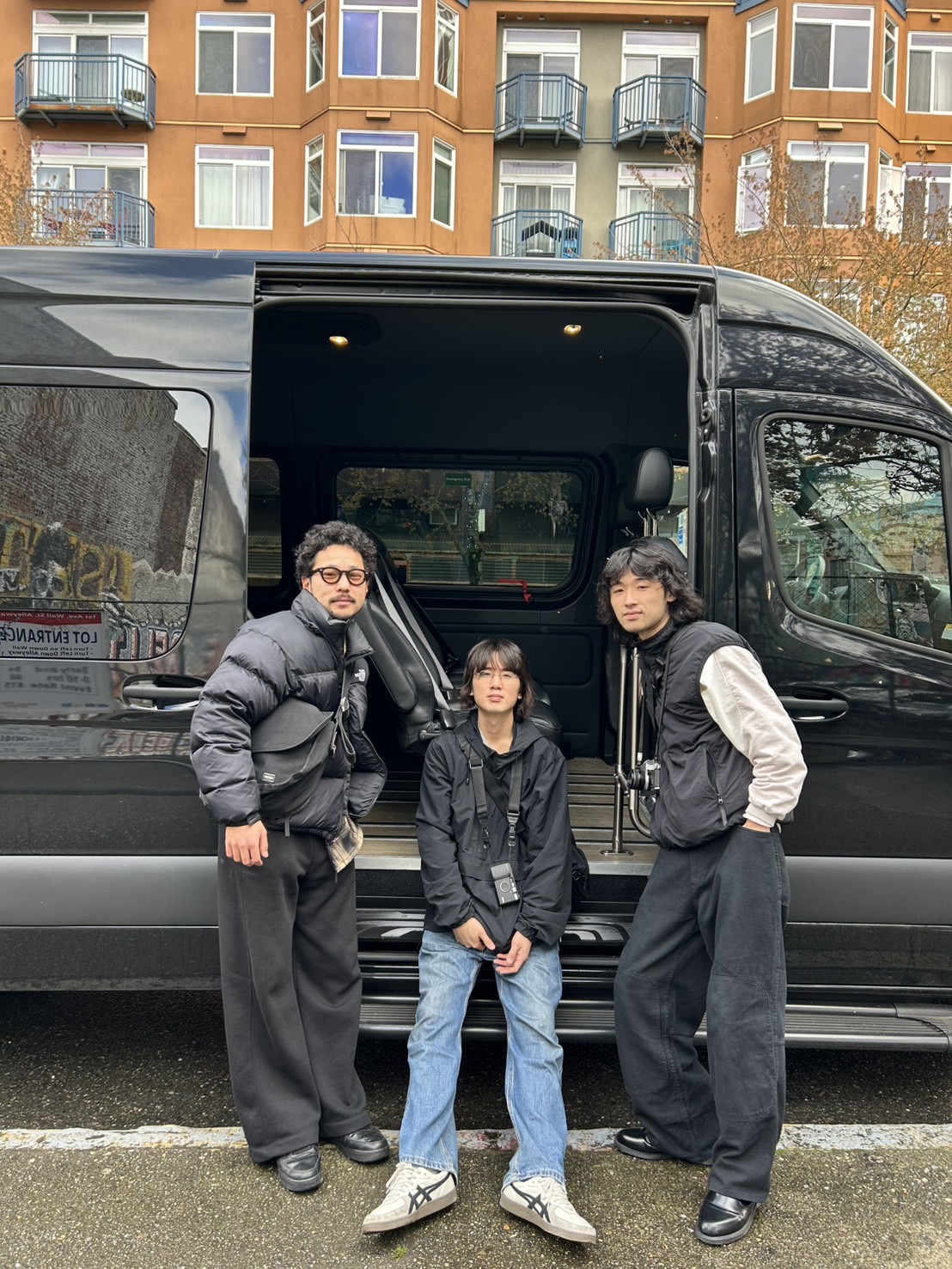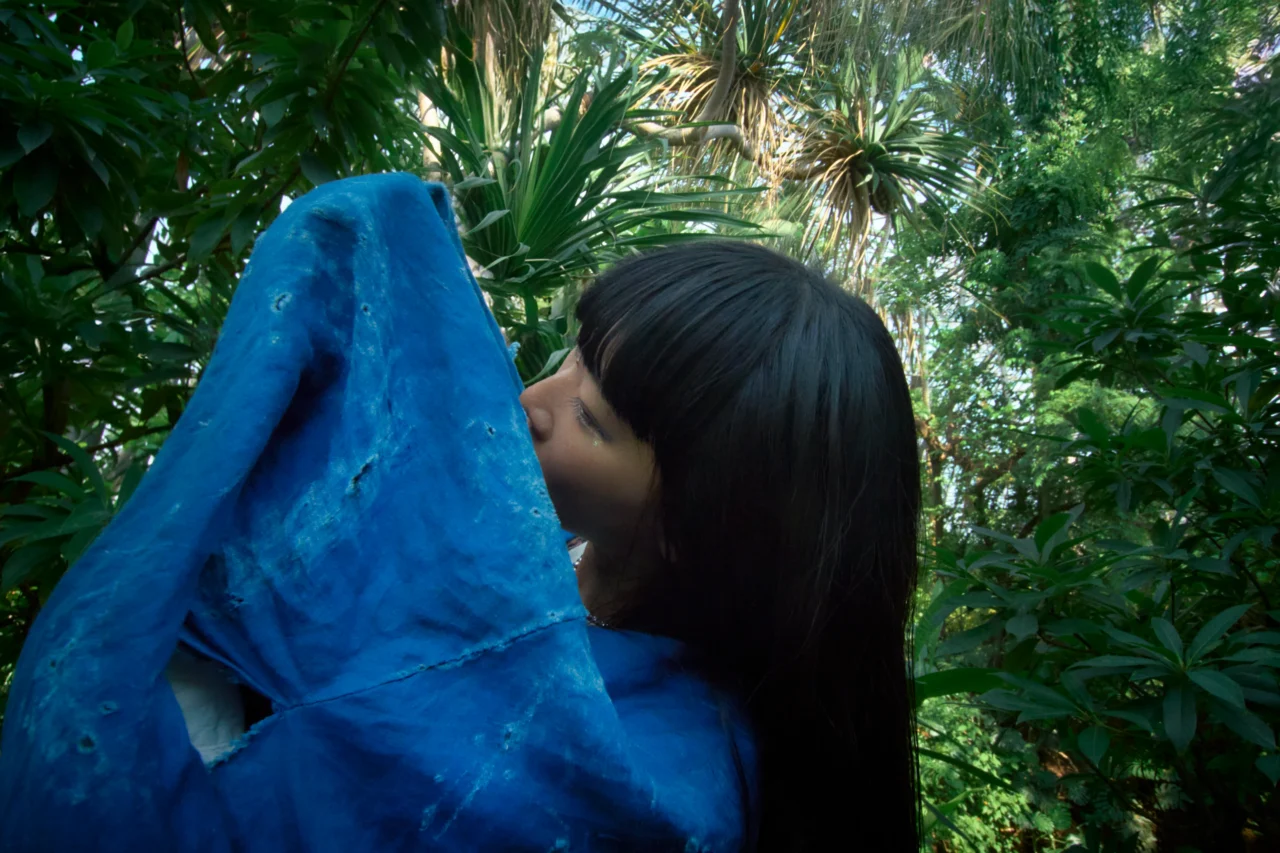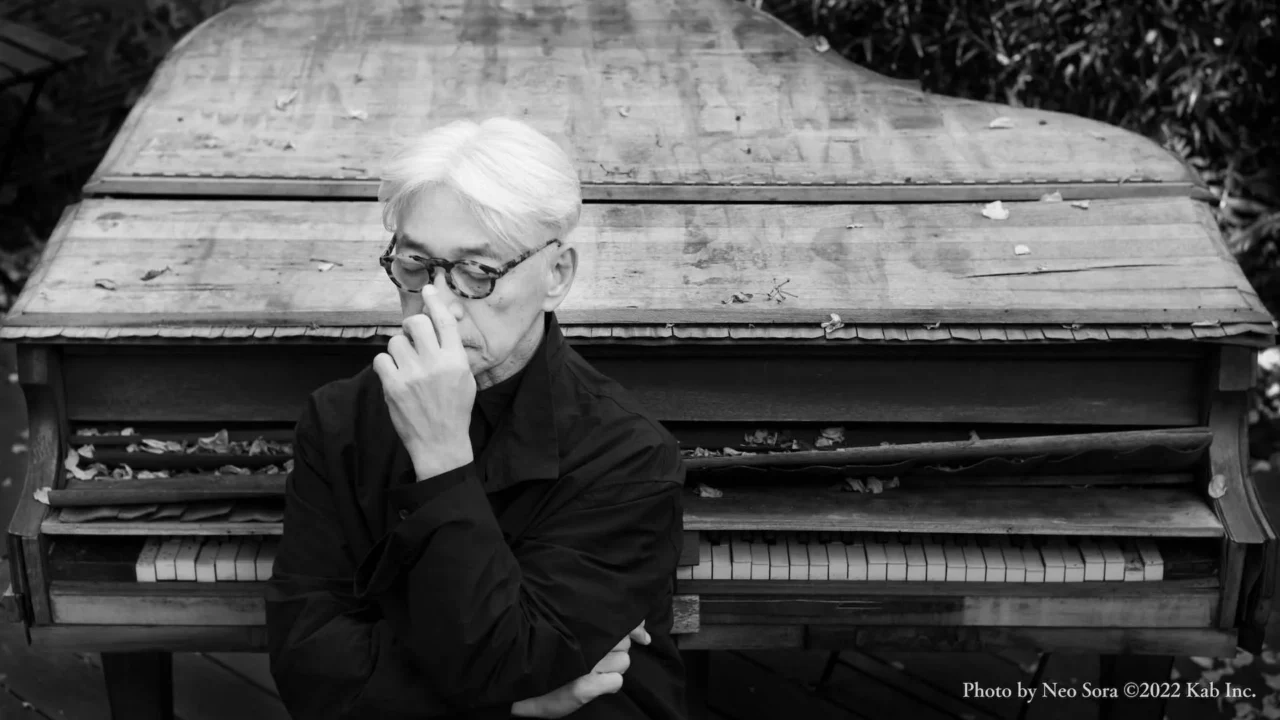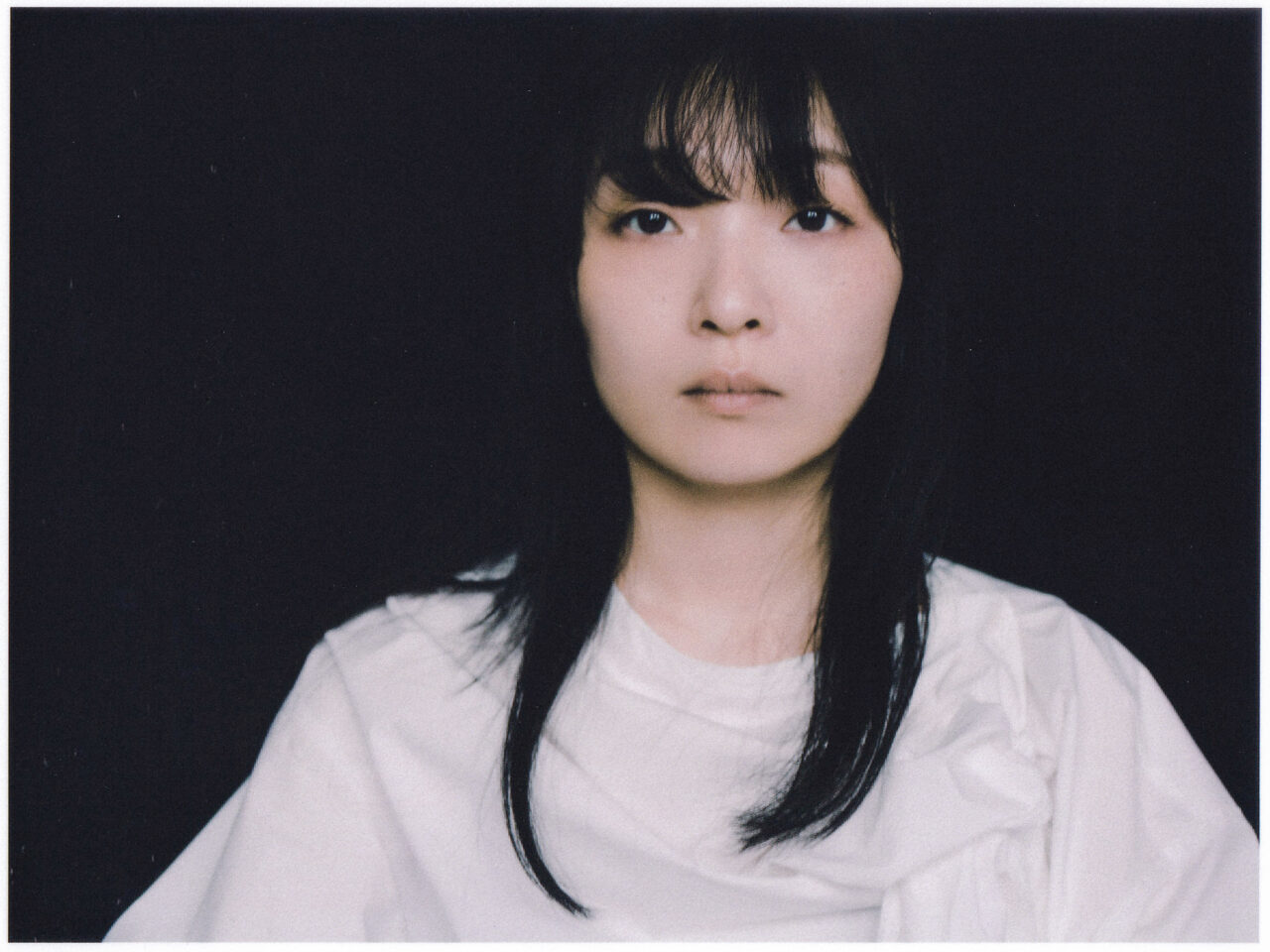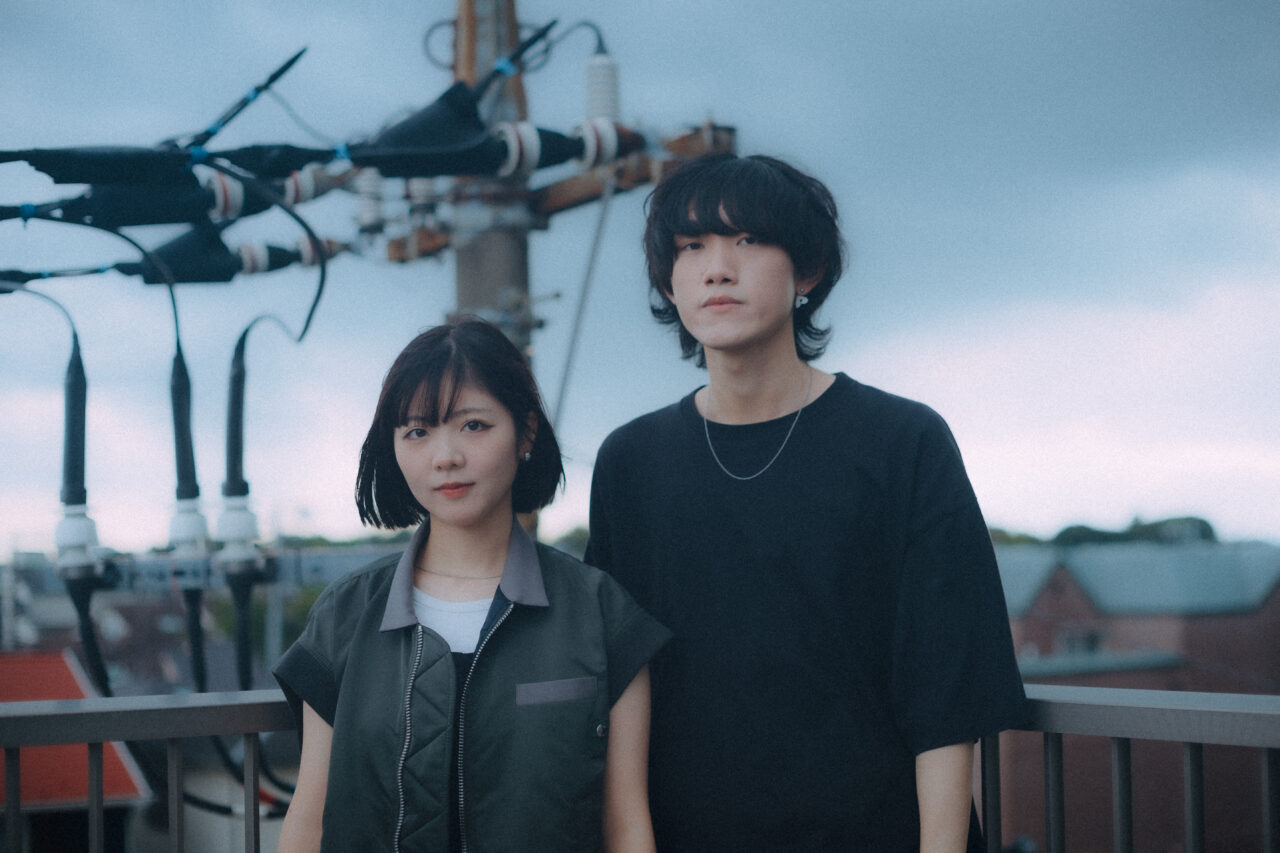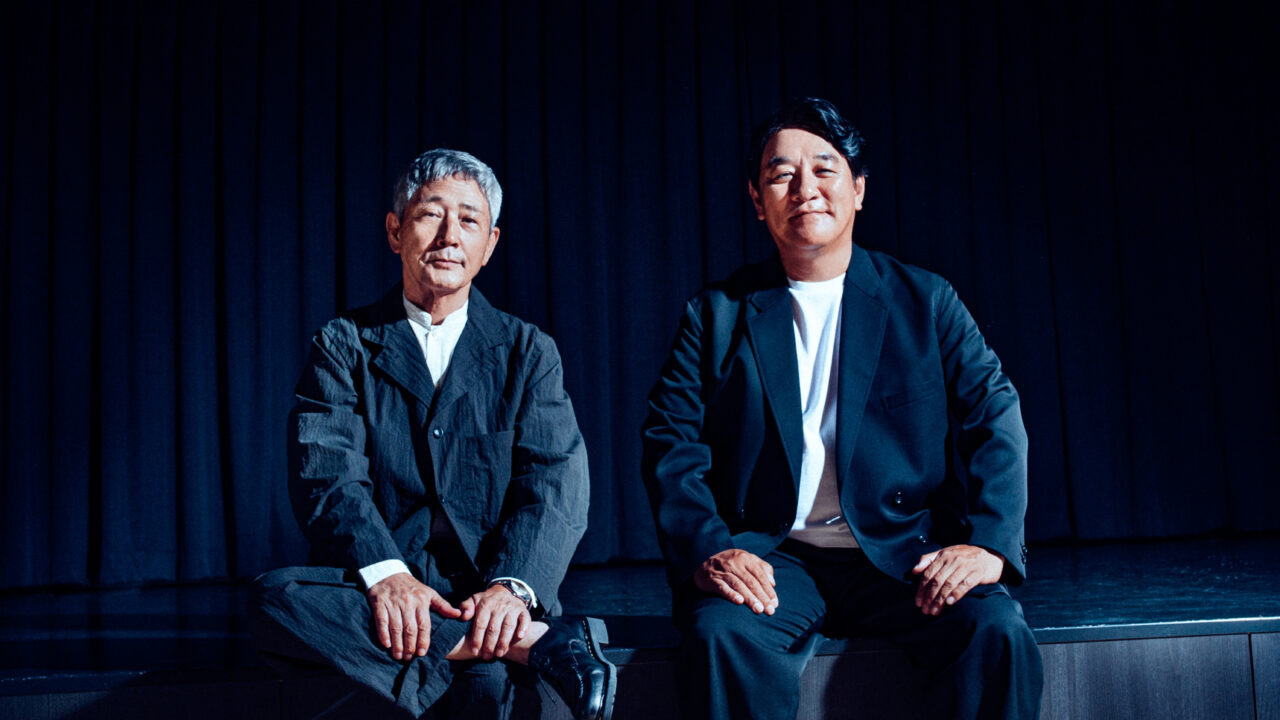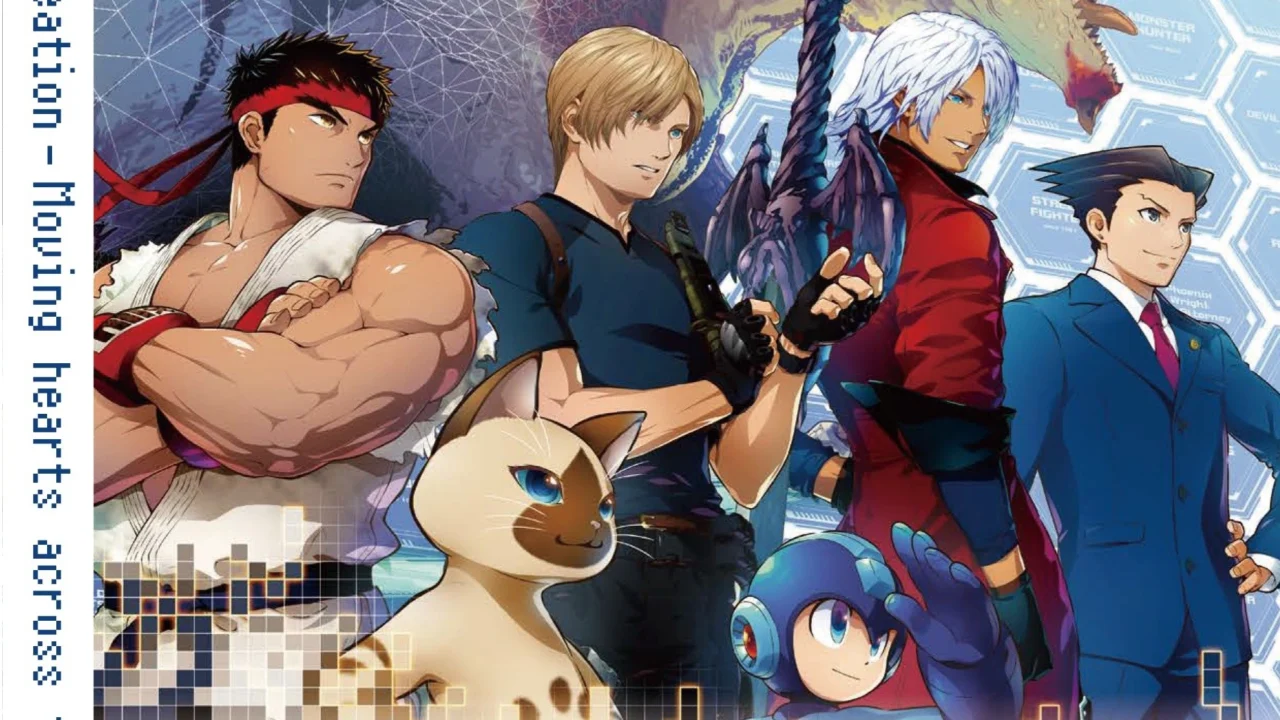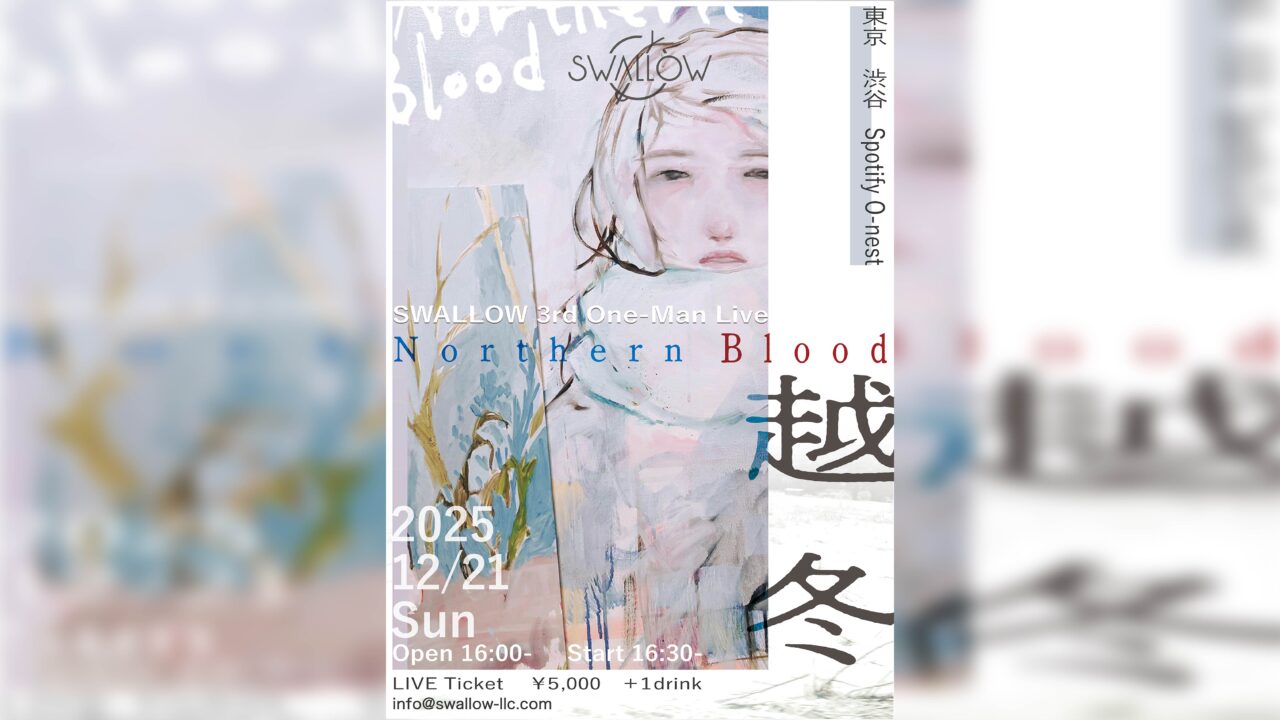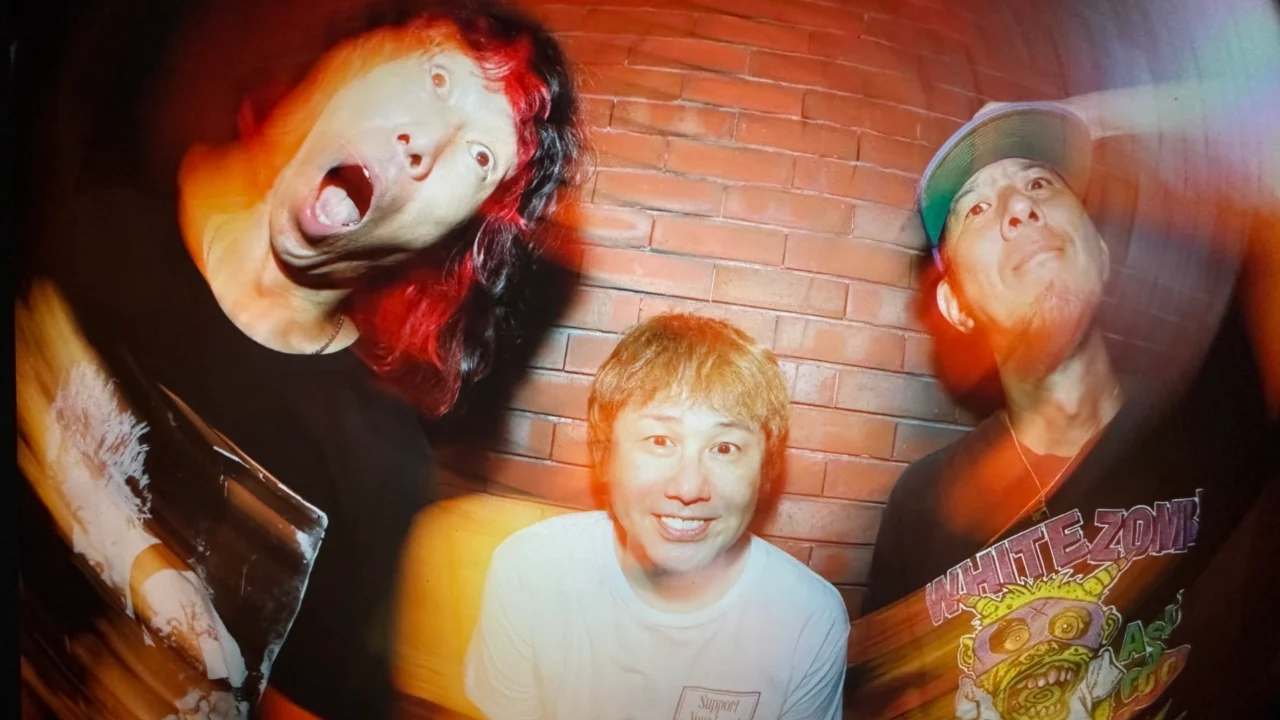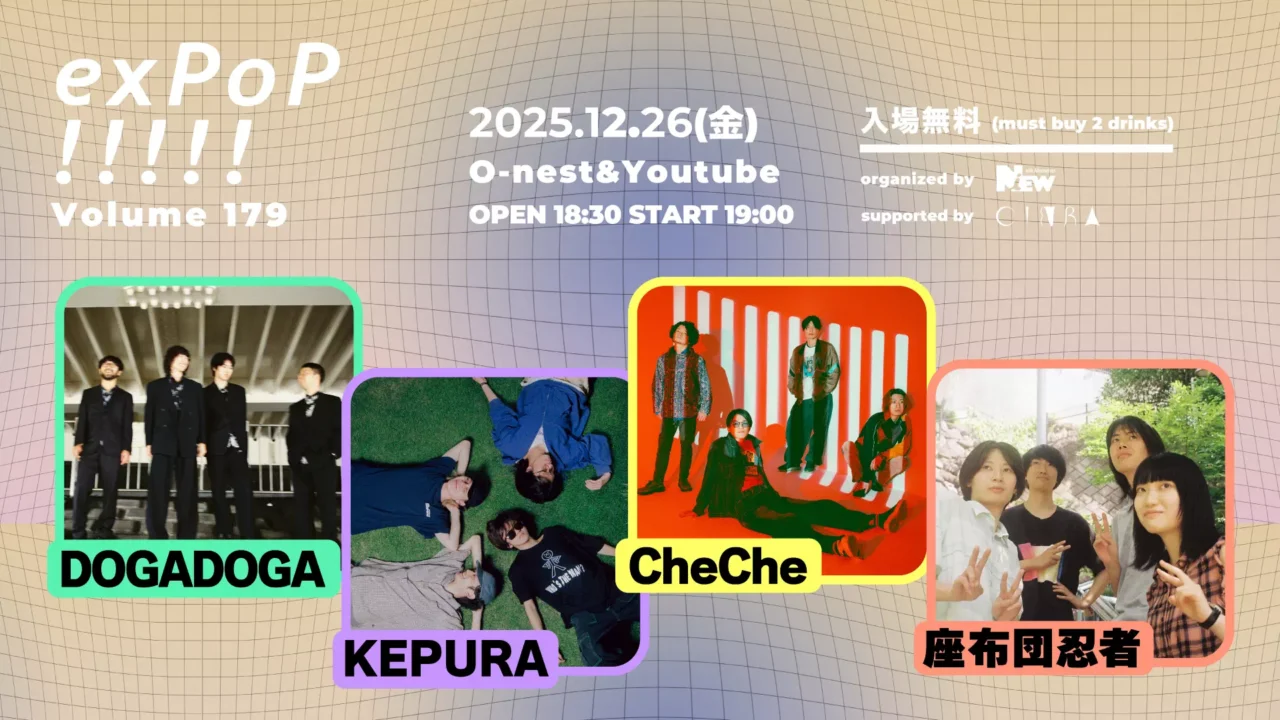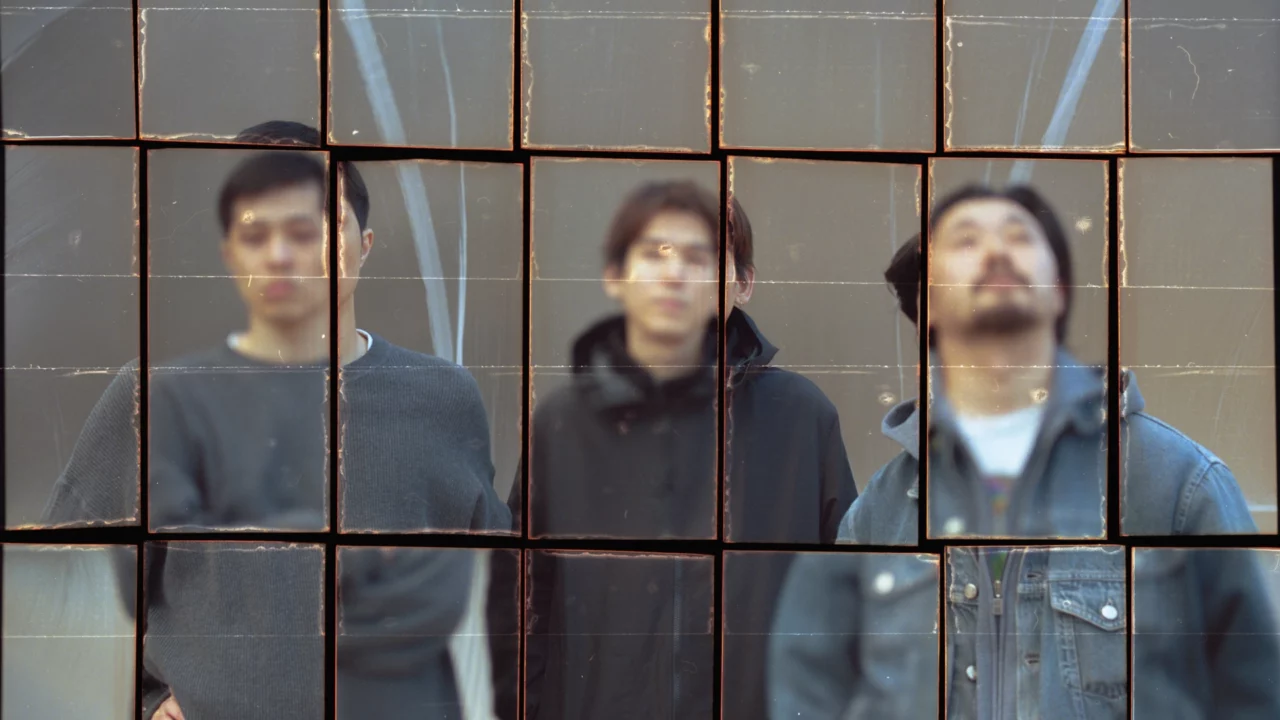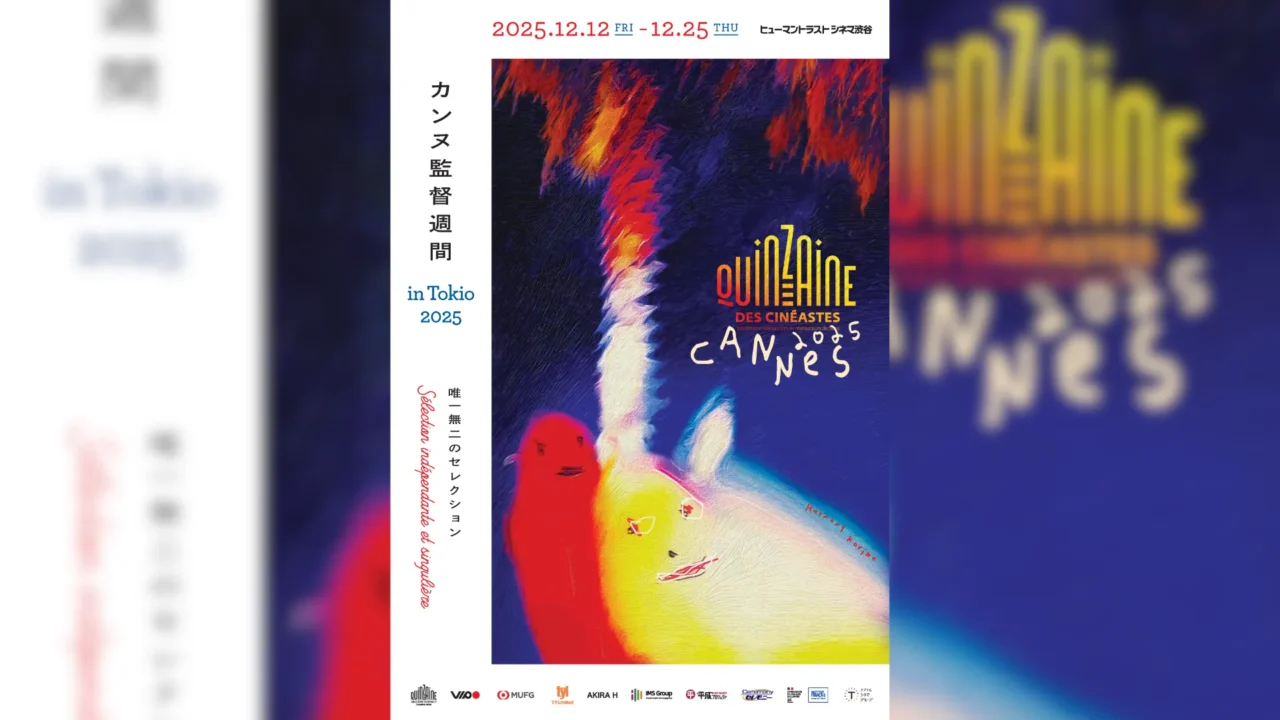Friday, 4/25
A few hours had passed. We sat outside the airport lobby, waiting for check-in to open. As I let my mind wander through the days of the tour, time slipped by easily.
We divided up our heavy luggage and brought it to the check-in counter. Compared to the chaotic departure, the baggage drop with United Airlines felt surprisingly smooth—almost unreal. There were no extra charges.
With both our bodies and minds feeling lighter, we made our way to the departure gate with ease. Still, we had another three hours to wait before boarding. What a strange itinerary we’d booked. I decided to spend the time catching up on the journal entries I hadn’t written.
The first flight took us to Washington, D.C. The cramped seats only deepened our fatigue. I couldn’t bring myself to open the novel I brought, or to watch the movies or anime I’d downloaded. Maybe it was because I was already full—overloaded, even—with memories. Maybe stories only become necessary when there’s an emptiness left by memories we lack.
Our plane out of Washington was delayed, so we had to wait an extra hour. As I bit into my final sandwich in America, we all sat quietly, killing time. The band was completely worn out. At this point, all we could think about was getting back to Japan as fast as possible.
The flight from Washington to Haneda had plenty of empty seats. I was seated by the window in a row of three, and the seat next to me was vacant. The passenger on the aisle and I quietly shared the space—placing our bags in between, stretching our legs out a bit. It was surprisingly comfortable.
I kept checking the time in Japan and adjusting my routine to match it. It was an effort to minimize jet lag. In just three days after we return, we’ll be heading out again for shows in Osaka and Tokyo. There’s no room to let this drag out.
As I stared out at the ocean of clouds, a lot ran through my mind. The fact that our three-week US tour was over still didn’t feel real. In fact, living this life in a band at all feels like something far outside the bounds of reality.
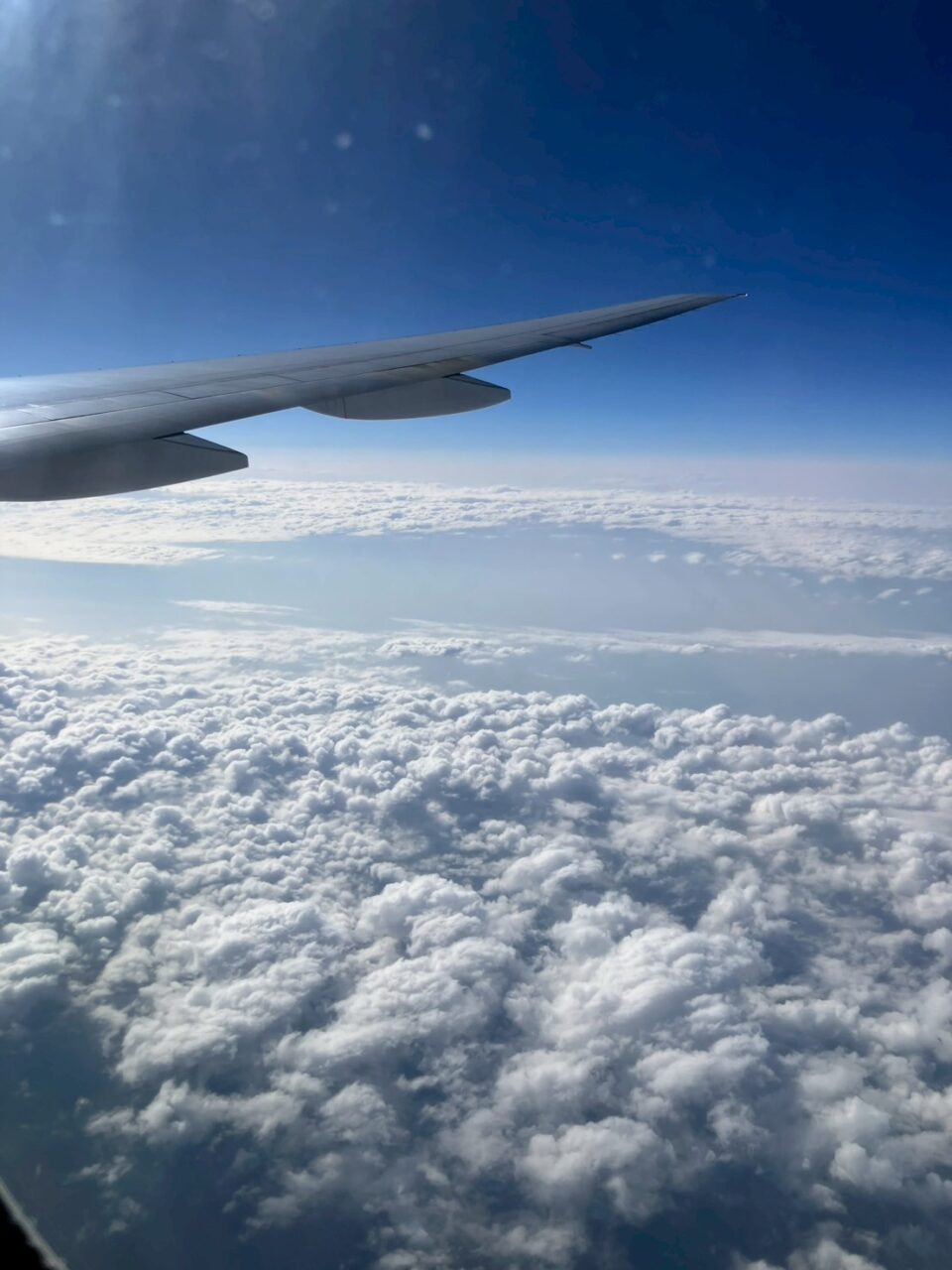
Three music-loving kids from a rural seaside town crossed the ocean and traveled across America, playing their music for the people they met along the way. They kept moving with the help of donations from the local crowds. It felt almost like something out of a gypsy tale. Somehow, I was now living the very life I once thought was the coolest thing imaginable.
Back when we had just started university, we discovered that a Japanese band called Kikagaku Moyo was making a living touring overseas. From that moment, we weren’t just fans of their music—we were captivated by the way they lived. It was a lifestyle that stood in stark contrast to the musicians we knew back home, who were barely surviving within a rigid system. Kikagaku Moyo embodied something freer, more fluid.
Once I became convinced that their path was the right one, I started devouring every interview and article I could find about them, whether in Japanese or English. We began working on new recordings with the aim of one day following that same path. And then, out of nowhere, they reached out to us—us, who had absolutely no connection to them. It was surreal. If I were writing a story, I’d toss out a plot this romantic as completely unrealistic.
From there, things unfolded quickly. We made an album, just as they asked. We had a fateful meeting with Kita-san. Thanks to his support, we were able to save up enough money through music work alone to fund a tour. And now, here we are. This journey has only been possible because of the people we’ve met along the way. It’s hard to believe we made it this far on our own ability.
That’s exactly why I believe we have a responsibility to pass this energy on to the next generation. Or maybe it’s just that if we don’t share it, I feel like we’ll be punished somehow. That restlessness is what led me to start writing this journal series in the first place.
We’re still only in our third year as a band—basically freshmen. But even so, as someone who also works within the Japanese system to some extent, I can say this: for a band like ours, it’s hard to thrive in Japan alone.
There are a lot of reasons for that, but the biggest one is probably how quickly everything starts to feel like routine. We became musicians in search of freedom, but before we know it, we’re repeating the same days, the same yearly schedule. That sense of freedom is slowly eaten away. We start scrambling just to keep things going. And of course, that kind of life can’t last forever. Still, we push ourselves for the people who support us, for the fans who love us—and most of all, for our pride. But eventually, we hit a wall.
It’s not Japan itself or the people living there that are to blame. It’s the hardened, neglected system that someone built long ago—and the disconnect between that system and a sincere sense of responsibility—that creates a toxic cycle.
This is just my personal take, but I believe Kikagaku Moyo emerged as a “new consciousness” within that toxic cycle.
They systematically identified the root causes of the problem and crushed them, creating a completely new path. They showed us that it was possible to keep that innate sense of freedom we all have—and to continue as musicians without compromise. For them, that path meant flying around the world and performing, DIY style. Now, using the knowledge and experience they gained from that journey, they’re working to build a new, more sustainable and flexible system. You could say we’re the test subjects of that experiment. And we’re deeply grateful for it.
In the future, there may be others who are drawn to the lifestyle Kikagaku Moyo and we are trying to live—people who want to do the same. But not everyone will get to be on their label, Guruguru Brain, or receive the kind of support we’ve been lucky to have. (To be honest, we still don’t really know why they chose us.) Still, the “new consciousness” they created—and that we’ve inherited—is contagious. We are simply the carriers.
Guruguru Brain: An independent label founded by GO and TOMO of Kikagaku Moyo, based in Rotterdam, the Netherlands.
Our mission now is to prove, through our own activities, that this new system born from that “new consciousness” works. Then, to make that system more accessible to others. And finally, to encourage a wide variety of decentralized forms to branch off from it. That’s the path we’re committed to. We’ll keep sharing what we’ve learned in whatever ways we can. (If anyone wants to hear more in detail, feel free to reach out directly.)
I’m getting a little carried away. While I was lost in thought, the plane had begun its descent.
This part of the flight never gets easier. It’s always a little scary.
Once we land in Japan, the tour will truly be over.
It was drizzling when we arrived. The humidity and heat were heavy—like we’d stepped into a subtropical zone.
The large instruments and gear we’d checked in had all arrived safely. That alone was a huge relief.
Outside the airport, our old friend Eguchi-kun, who also works as our VJ, was waiting in a van to pick us up. Thank you, truly. He’ll be joining us on the next Europe tour as our VJ. Our journey is about to get another update.
And with that, our three-week US tour came to a close.
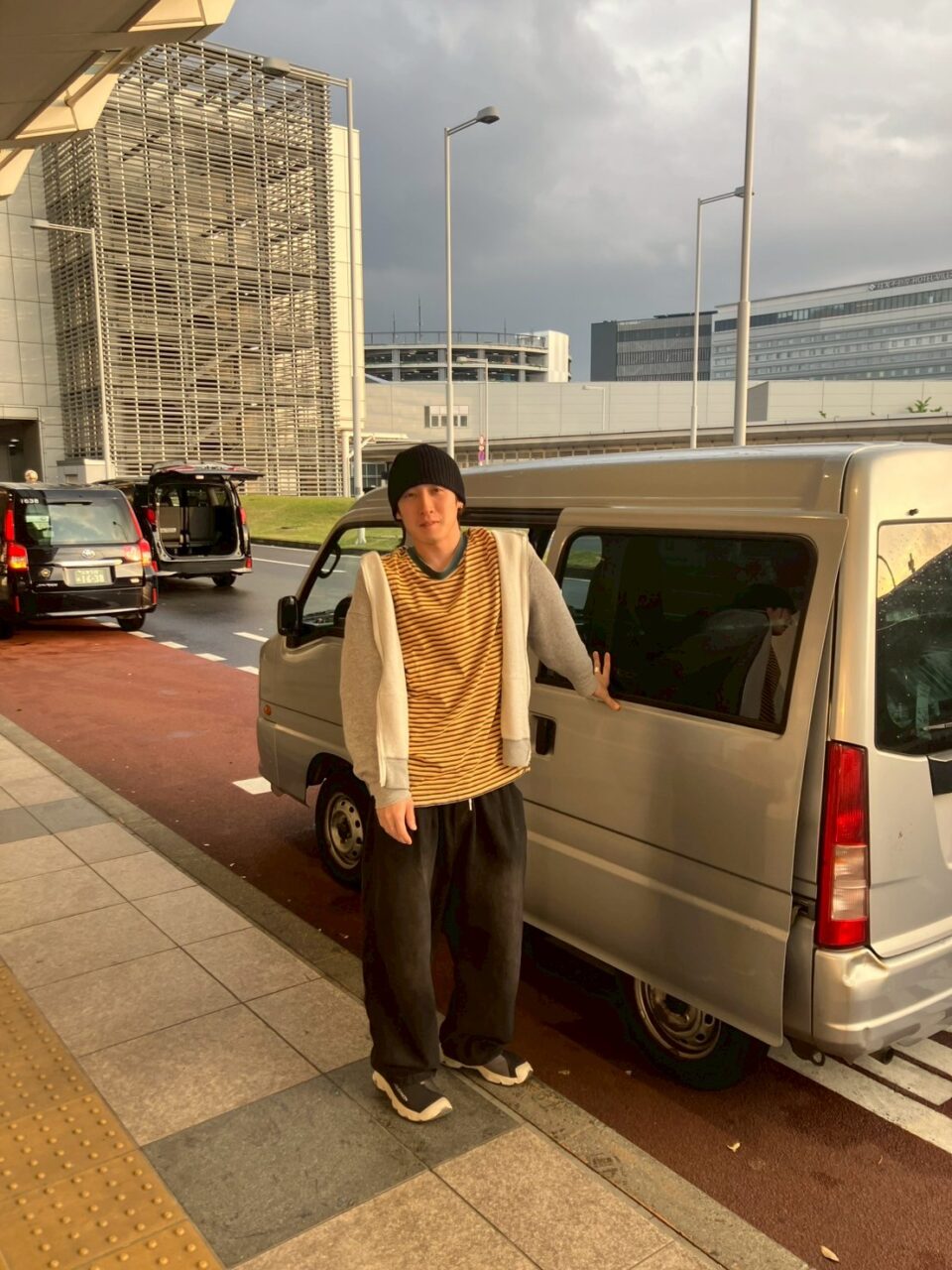
Now, as a bit of a postscript—how did the final numbers actually turn out?
Throughout this journal, I’d shared some rough figures, but since our expenses were constantly fluctuating, I kept things vague to avoid confusion.
So let’s start with the costs.
We spent a total of $35,475.20. In the end, we crossed the $35k mark after all.
And our total income? $36,833.
That breaks down to $9,500 from live performance fees, and $27,333 from merchandise sales. We sold nearly everything we’d prepared—250 T-shirts, completely sold out. 440 records, gone.
So the final profit from this tour was $1,357.80.
It might not sound like much, but considering how hopeless things felt at the start, I’d say this is a huge win. Honestly, we deserve some credit for pulling this off. (No, really—please give us some credit.)
That said, if you break it down, that’s about $450 per person for three straight weeks of work. Realistically, it’s not much. Maybe just enough to cover rent while we were gone.
Still, we want to take this small success and slowly build it into something bigger. Next time, let’s aim for enough to cover rent and living expenses—maybe $700 each. After that, two months’ worth. Step by step, we’ll grow.
And if we can bring more people into the fold along the way, it’ll only get more exciting. Eguchi-kun, our VJ, is up next. Then maybe friends handling photography, video, or sound. The idea of traveling with a bigger crew is honestly thrilling. And if we can all make a living doing it—well, maybe that’s what success looks like.
It seems this journey is far from over.
I used to hate traveling. I preferred staying under a roof, reading books all day. But now, I’ve somehow come to find happiness in living like a traveler. I guess people really can change.
Or maybe it’s not me changing—maybe it’s the journey that’s changing me.
I think everyone in our crew is shifting little by little, too.
So let’s keep changing, always. Like a rolling stone.
—See you next time
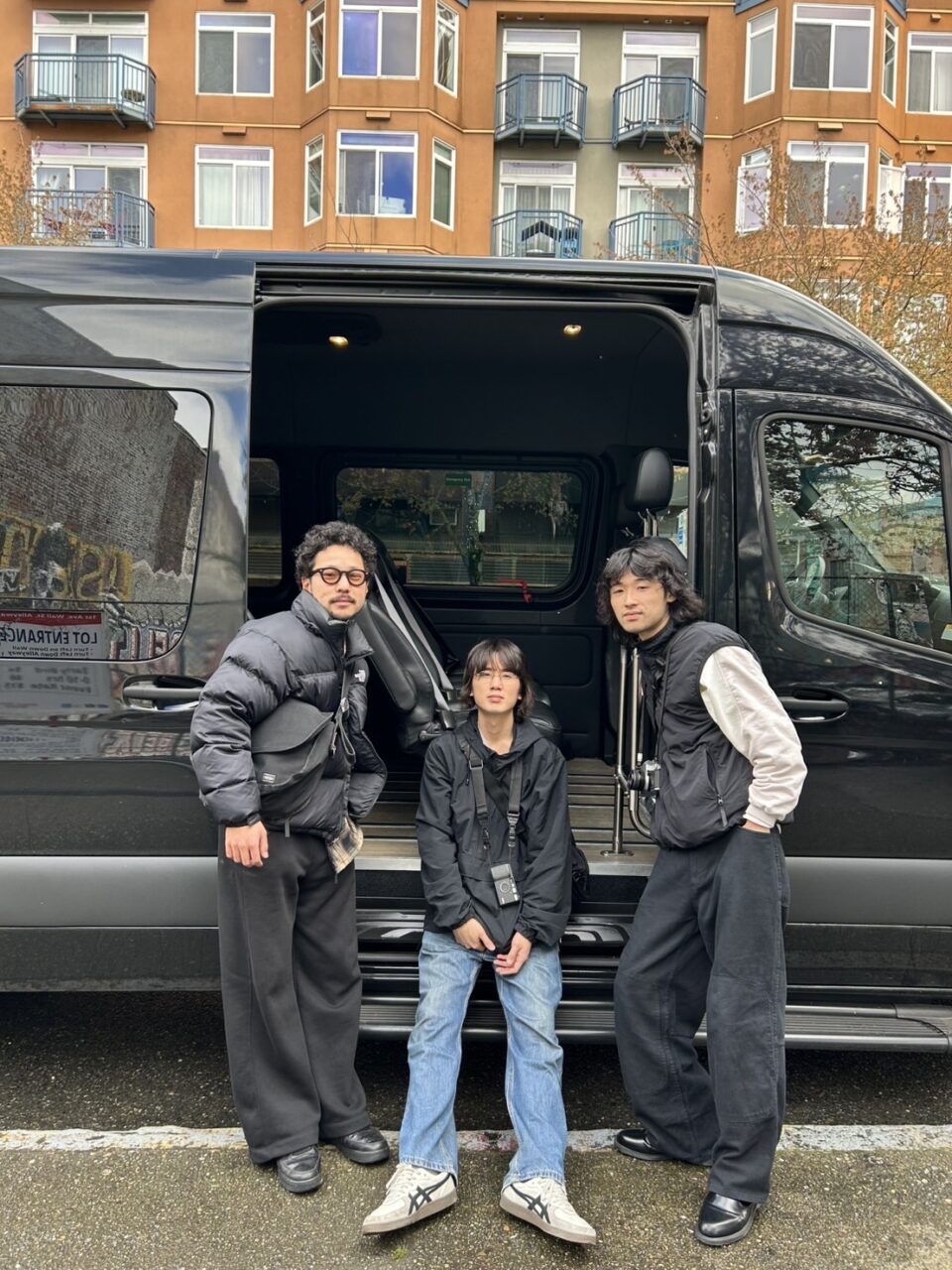
Click here to read the full series.
maya ongaku US TOUR dates 2025
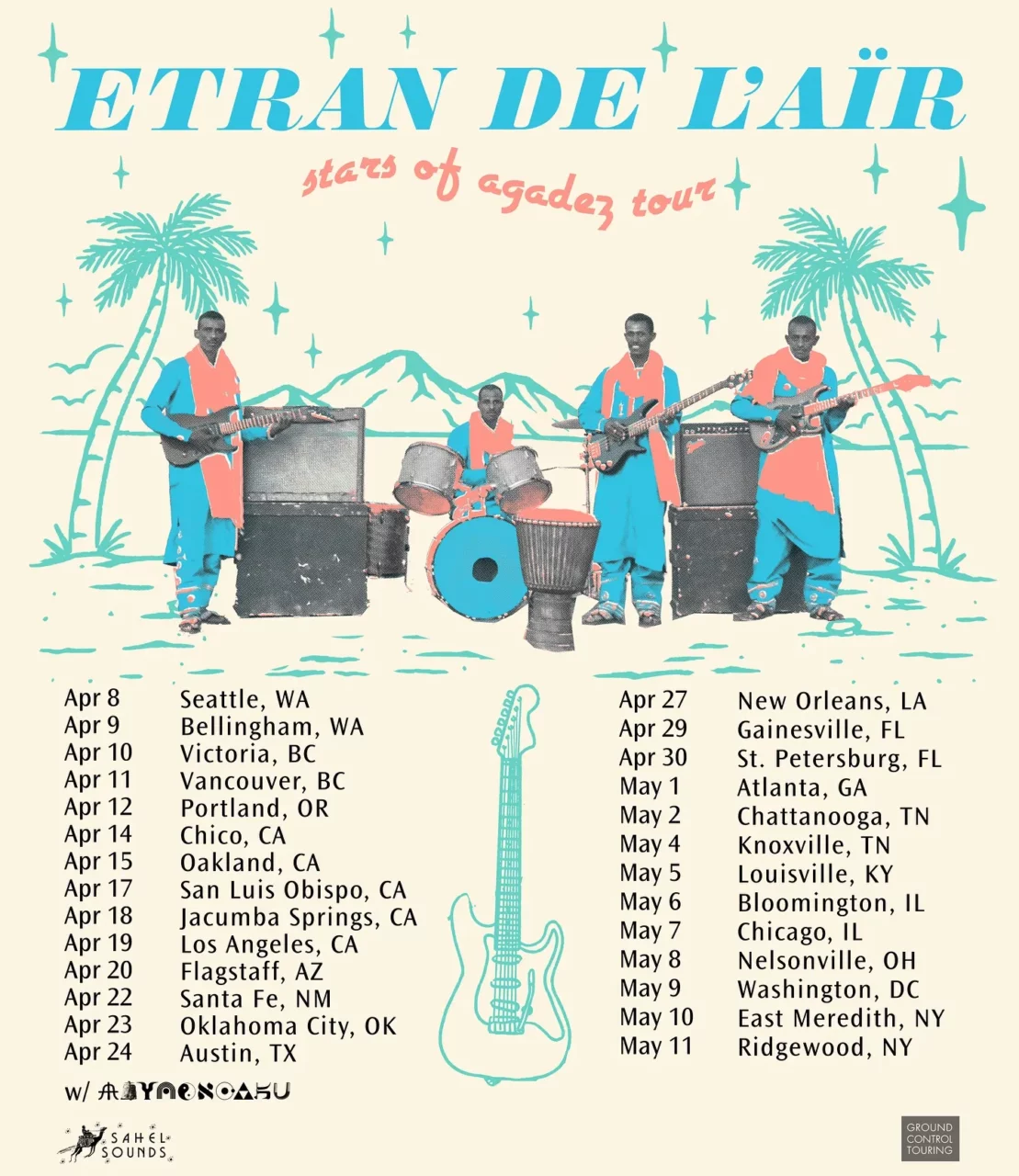
Apr 08 Seattle, WA, US|Neumos
Apr 09 Bellingham, WA, US|The Shakedown
Apr 10 Victoria, BC, Canada|Wicket Hall
Apr 11 Vancouver, BC, Canada|The Pearl
Apr 12 Portland, OR, US|Wonder Ballroom
Apr 14 Chico, CA, US|Argus Bar + Patio
Apr 15 Oakland, CA, US|The New Parish
Apr 17 San Luis Obispo, CA, US|SLO Brew Rock
Apr 18 Jacumba Hot Springs CA, US|Jacumba Hot Springs Hotel
Apr 19 Los Angeles (LA), CA, US|Teragram Ballroom
Apr 20 Flagstaff, AZ, US|Coconino Center for the Arts
Apr 22 Santa Fe, NM, US|Tumbleroot Brewery & Distillery
Apr 23 Oklahoma City, OK, US|Resonant Head
Apr 24 Austin, TX, US|APF 25: Kickoff Party
maya ongaku
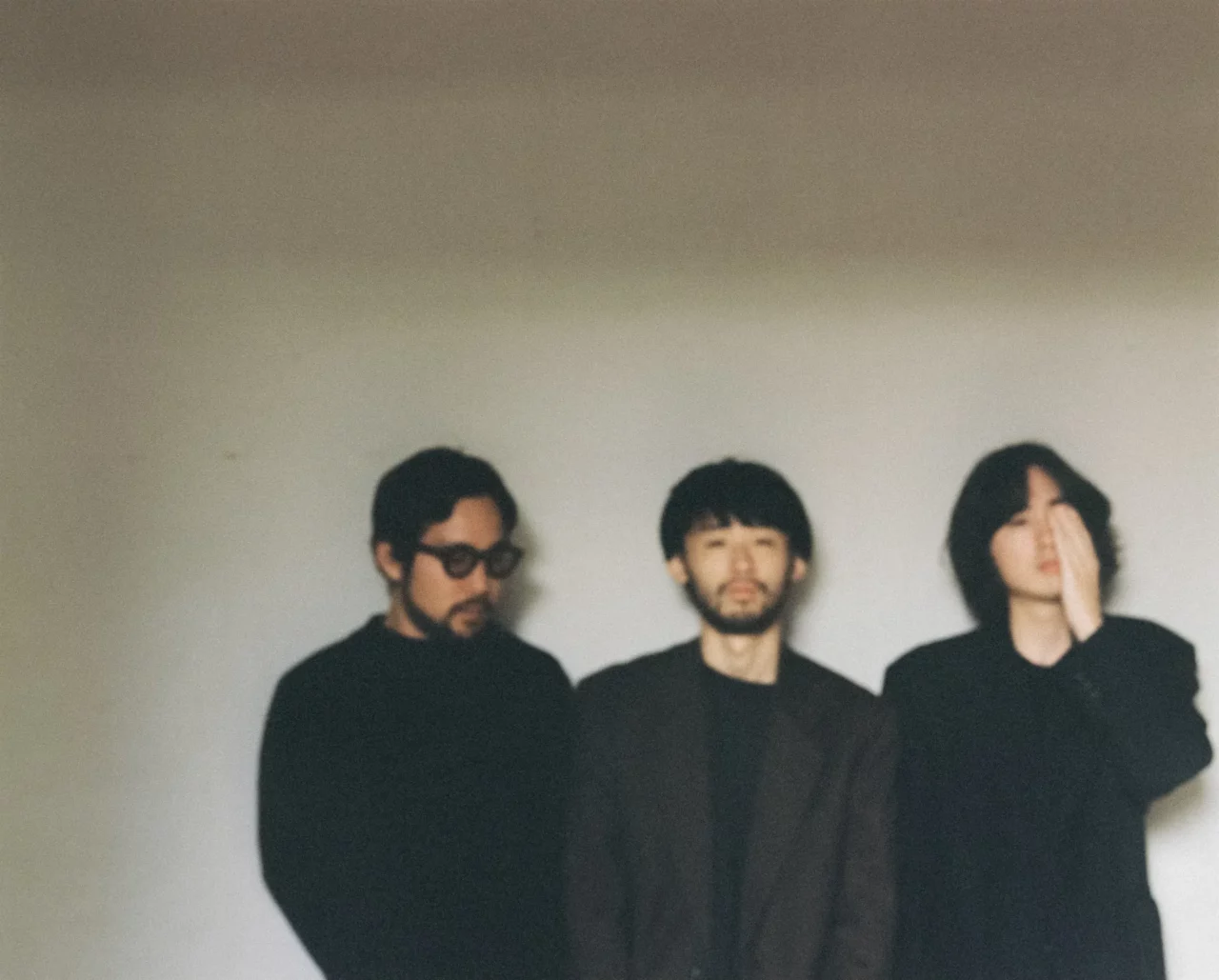
maya ongaku is a three-piece band formed in 2021 by Tsutomu Sonoda, Ryota Takano, and Shoei Ikeda, hailing from a coastal village near Enoshima, Japan. Rooted in an organic, psychedelic sound that feels both grounded and untethered, their music draws from collective improvisation and the atmosphere of their local music scene.
The band’s name—maya ongaku—is a coined term, not taken from ancient history, but imagined as a landscape beyond the visible frame, hinting at the spiritual and the unseen. The group sees their beginning as a kind of spontaneous emergence—like life arising from non-life—something that simply happened, without pretense or planning.
In May 2023, they released their debut album ‘Approach to Anima’ via Guruguru Brain and Bayon Production, followed by a successful EU/UK tour in November and a domestic tour across Japan in December.
Their latest EP ‘Electronic Phantoms’ was released in August 2024. That same month, they hosted “rhythm echo noise” in collaboration with WWW, inviting Dutch artist Felbm to Tokyo. The band was also named Best Breakthrough Artists at the inaugural TOKYO ALTER MUSIC AWARD 2024, a new platform highlighting emerging voices from Tokyo’s independent scene.
maya ongaku has performed at major Japanese festivals such as Mori, Michi, Ichiba, FFKT, FUJI ROCK, Asagiri JAM, and FUJI & SUN. Internationally, they have appeared at festivals in Korea and China, steadily expanding their presence in Asia and beyond.
maya ongaku | linktr.ee/maya_ongaku
Instagram | https://www.instagram.com/maya_ongaku/?hl=ja
X | https://twitter.com/maya_ongaku



